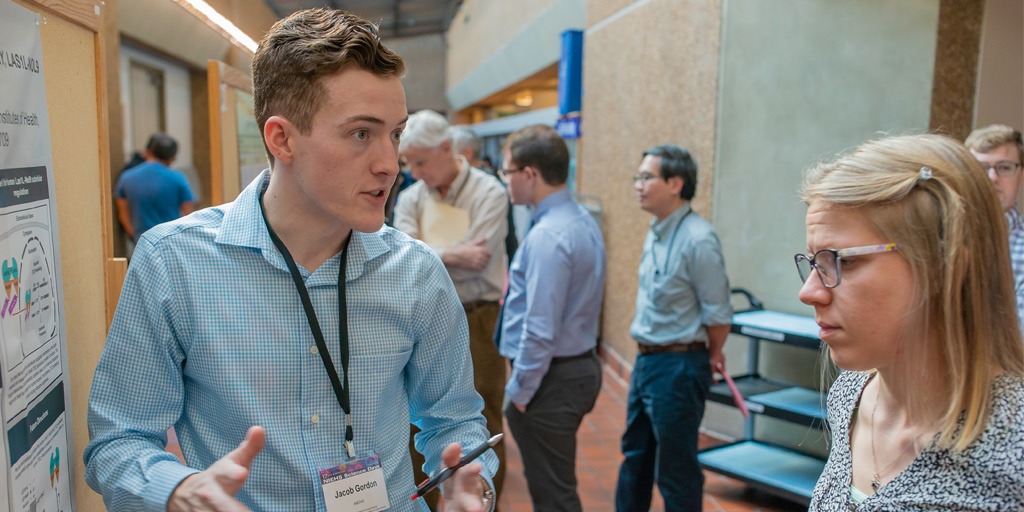Applied Sciences, Vol. 15, Pages 5413: Nanoformulations Loaded with Phytochemicals for Combating Wound Infections and Promoting Wound Healing: Current Applications and Innovations
Applied Sciences doi: 10.3390/app15105413
Authors:
Panoraia I. Siafaka
Androulla N. Miliotou
Mehmet Evren Okur
Gökçe Karaotmarlı Güven
Ioannis D. Karantas
Neslihan Üstündağ Okur
Wounds are broadly classified into acute and chronic types, with chronic wounds being those that cannot heal within 4 to 12 weeks despite treatment. There is a growing interest in efficient and cost-effective wound healing though the drug delivery of active molecules. Natural compounds such as phytochemicals, as well as synthetic molecules with antimicrobial or anti-inflammatory growth factors, can impact tissue regeneration and prevent wound infections. Nanotechnology-based systems, such as polymeric and inorganic nanoparticles and electrospun nanofibrous matrices loaded with phytochemicals, can enhance the therapeutic efficacy of active molecules through improved bioavailability and targeted delivery. This review summarizes the most current advanced applications combining phytochemicals and nanoformulations with promising wound healing potential. Various nanosystems loaded with phytochemicals have been identified, such as silver nanocarriers, zein-based nanoparticles, and various known polymers, which can be utilized to develop electrospun fibrous structures loaded with phytoremedies. Despite the incorporation of these remedies into traditional medicine for a long time, further clinical studies are essential to determine their pharmacological properties, safety concerns, and therapeutic efficacy.
Source link
Panoraia I. Siafaka www.mdpi.com

